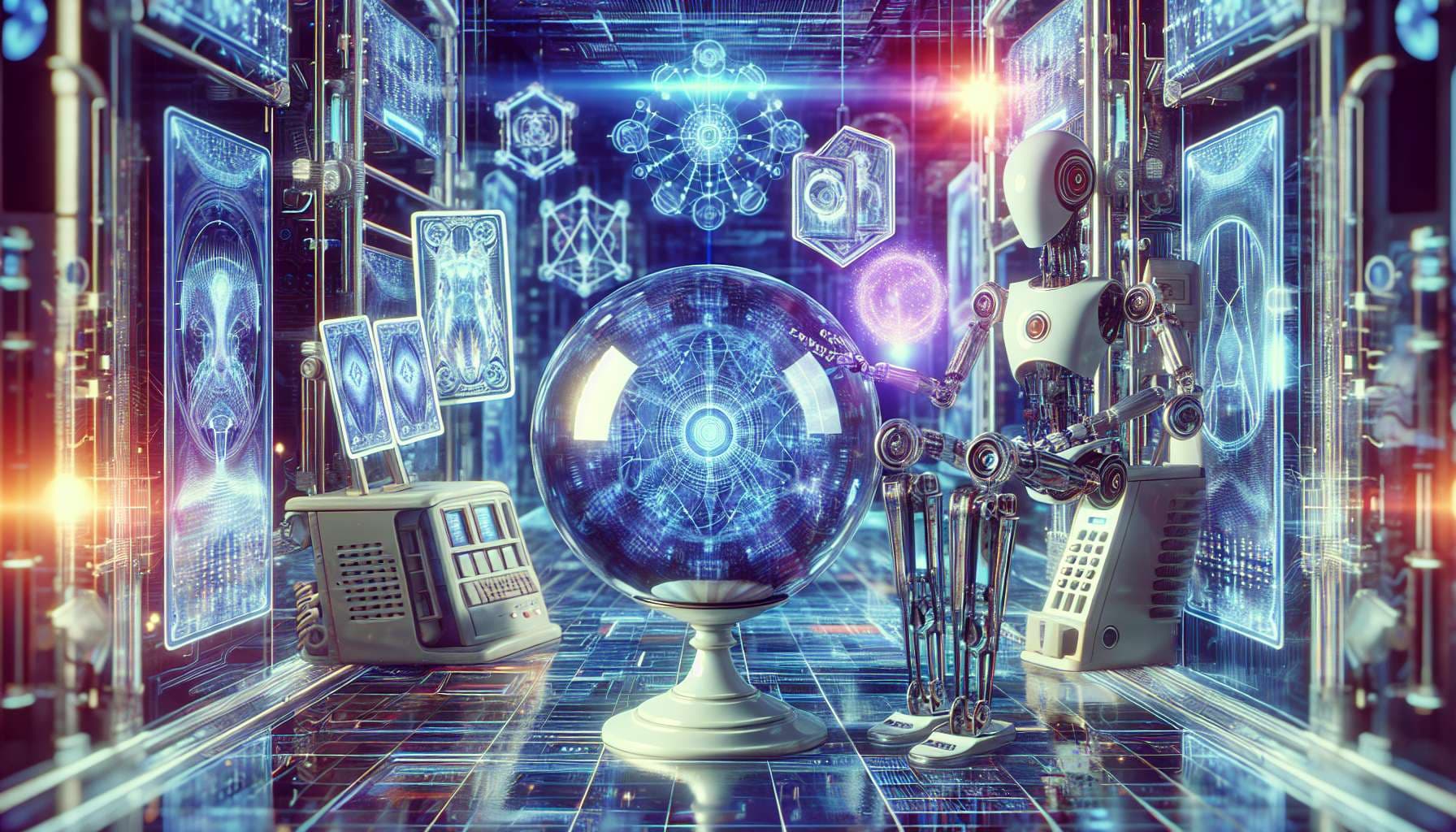
I will go by the best available evidence on each of them (I anticipate it’ll mostly be survey-based, or based on sales numbers).
Clarifications (I’ll try to add these over time):
1) For the home robot, it has to be either a humanoid robot, or at least a robot capable of a relatively wide variety of tasks (e.g. a Roomba or similar currently available vacuum “robot” won’t count).
2) For the AI partner, it has to be the main romantic partner, and not just occasional use.
Based on Erik Brynjolfsson’s tweet:
https://x.com/erikbryn/status/1742689261890224612?s=46&t=A87brvrcPNLRU2RL6LBEZQ
People are also trading
Just to spice things up a bit…
https://x.com/zipengfu/status/1742973258528612724?s=46&t=A87brvrcPNLRU2RL6LBEZQ
(note that the robot in the video is tele-operated, not autonomous) But still.
Also note that I won’t be betting on this market.
Assuming this is in the spirit of the tweet, it seems bonkers to think we'll get to humanoid robots before we get a chatbot people can convince themselves is their primary partner. I'm curious what sort of info people have who think it'll be the robot? That seems to imply a belief that overcoming the stigma for 3% of the population is intractable...possible but seems unlikely against the required technical hurdles of the robot.
@nottelling2ccc It doesn’t count. Per the clarifications in the description: “For the home robot, it has to be either a humanoid robot, or at least a robot capable of a relatively wide variety of tasks (e.g. a Roomba or similar currently available vacuum “robot” won’t count).”